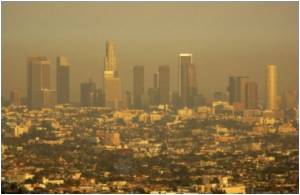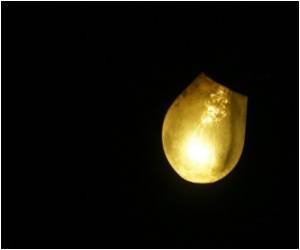Wind patterns known as fluid flows, circulating exhaust particles, diesel fumes, chemical residues, ozone and dust play key role in polluting cities, states study.

The results can be used to generate maps of well and poorly mixed regions and highlight urban areas that are most susceptible to high concentration of pollutants, indicating locations need to be remedied, the journal Physics of Fluids reports.
"The unexpected finding is that coherent patterns in fluid flows have no real analog (parallel) in nature," said Wenbo Tang of Arizona State University, Tempe, according to an Arizona statement.
Wenbo co-authored the study with Arizona colleagues Brent Knutson, Alex Mahalov and Reneta Dimitrova from the University of Notre Dame, Indiana, US.
Researchers were able to verify this by using a new mathematical formula, the first of its kind, to simulate the long-term random motion of pollutant particles as would be found in the real world.
Source-IANS









